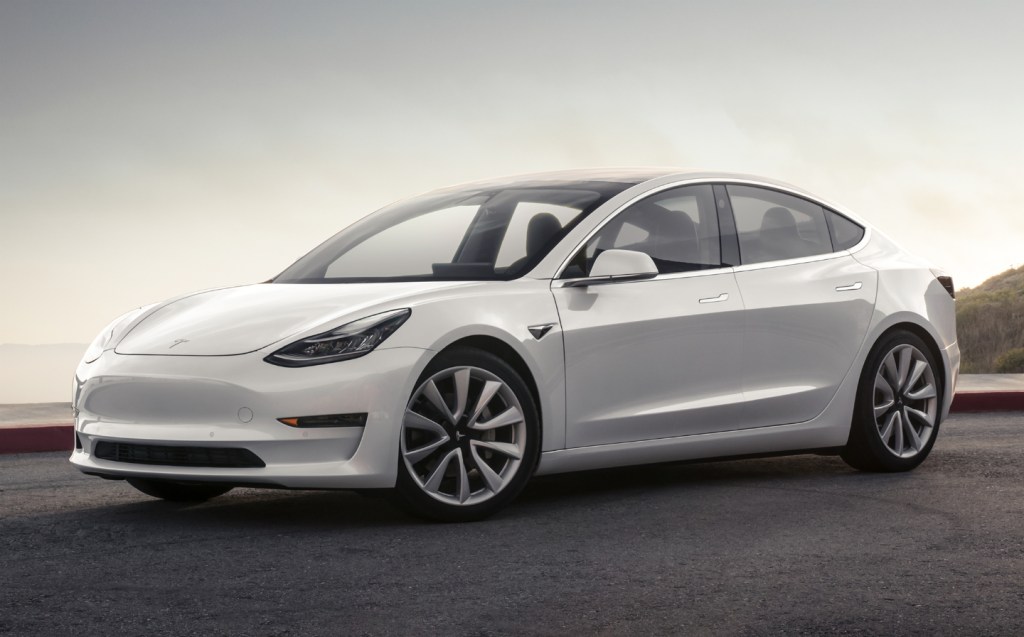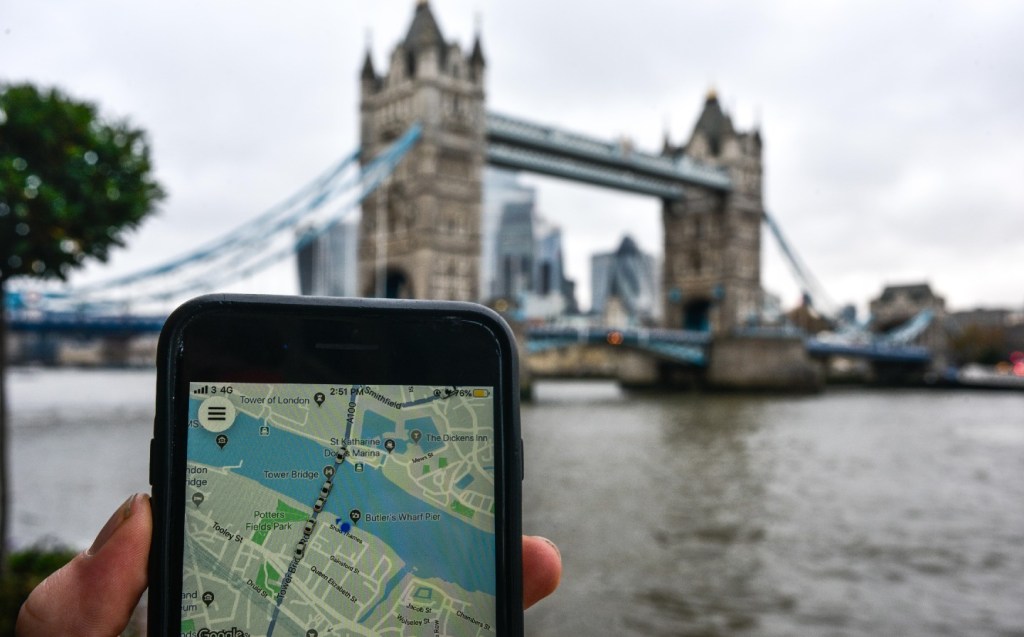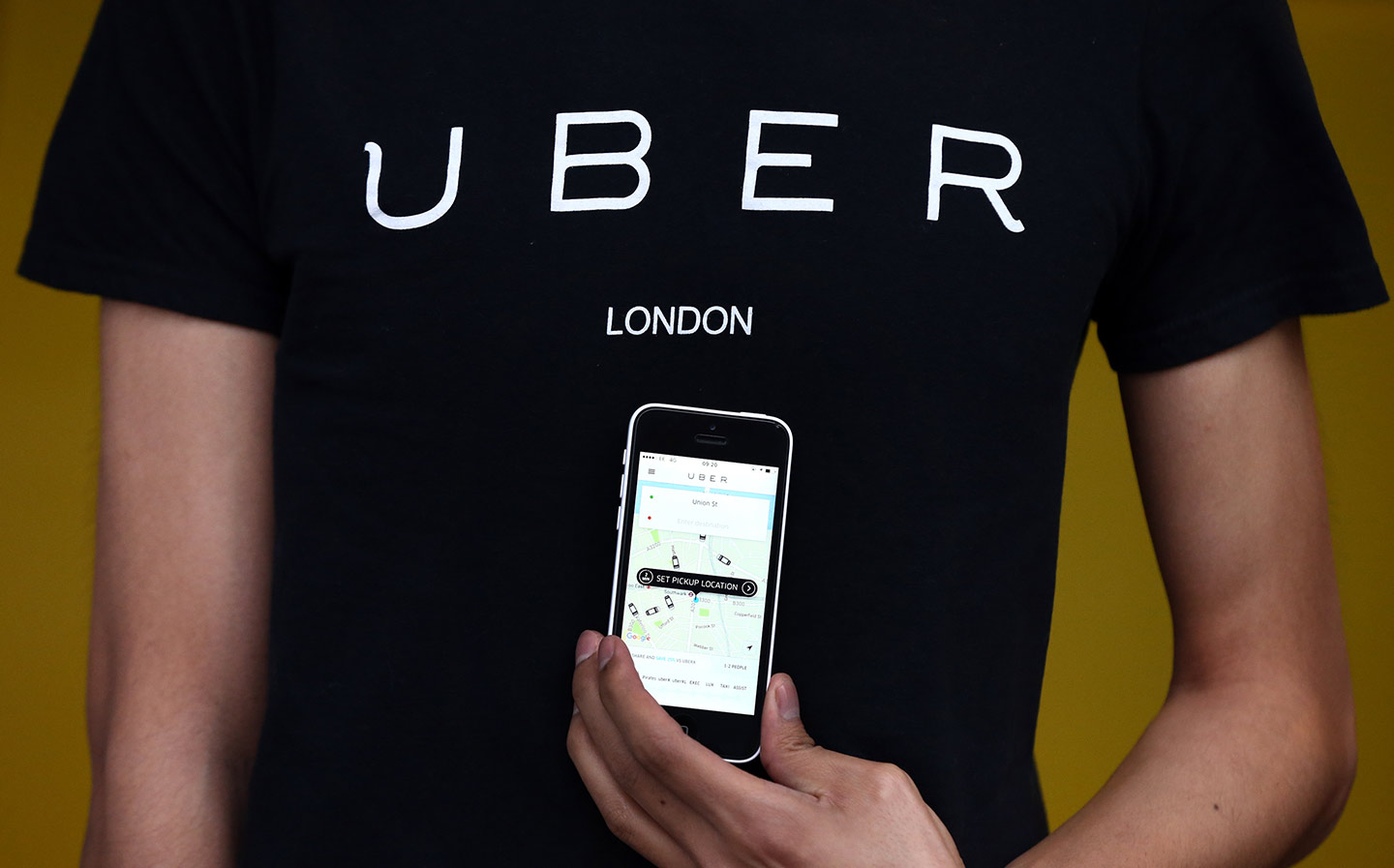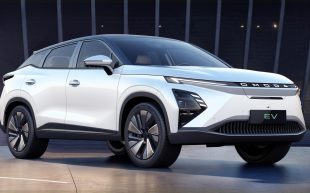Uber aims all-electric London cab fleet by 2025
Includes plans to pay for chargers in less affluent areas
Uber has announced plans for all its London cab drivers to use electric cars by the end of 2025 in an ambitious move that would make the UK city the ride-hailing firm’s first all-electric location.
To encourage drivers of internal combustion-engined cars to make the switch, Uber has set up a London-focused web page entitled “Upgrading to an Electric Vehicle in London”. Along with detailed benefits of using an electric vehicle in London, the site allows access to Uber’s “GoElectric Info” sessions, taking the form of online webinars.
Existing Uber drivers using electric cars join the sessions to answer questions, while the attendees also hear about potential savings following a switch to an EV, which electric cars are the most popular on Uber and how the firm’s ‘Clean Air Plan’ works.
The latter scheme allows drivers to build up ‘EV assistance’ credits that can then be used to help fund the purchase or leasing of an electric car.

Uber confirmed that the most popular electric cars used by its drivers include the Nissan Leaf, Kia e-Niro and Tesla Model 3, though larger and more luxurious models — such as the Tesla Model S and X — are available for Uber’s “Comfort” or “Exec” ride options.
Drivers working for Uber can avail of discounts through PartnerPoint, and Uber’s website offers advice on price, range and charging speed. It suggests that a typical London-based Uber driver could expect to cover 100-130 miles per day, which is well within the capability of most new electric cars.
It’s understood that Uber plans to pay for 700 additional EV chargers to be installed in less affluent areas of London — Newham, Redbridge and Brent — as many of its drivers live in those areas and they are not currently well-served by the slow roll out of the public EV-charging network.
In an update on Uber’s environmental, social and governance progress published at the end of last month, it claims to have “tripled the number of electric vehicles on the platform and connected 31 million unique riders with a ride in an electric vehicle” globally.

Uber must be hoping that its goal to make London its first all-electric location will ingratiate the company with the local authorities. In March 2022 Uber was granted a two-and-a-half-year licence to operate in London having been denied a licence by Transport for London in 2019.
Following the denial, Uber made a concerted effort to encourage drivers and customers alike to go electric, and it improved conditions for its drivers, too, following a Supreme Court ruling on the subject. It now treats them as employees, with holiday pay, the option to join a pension scheme and a guarantee that they will earn at least the minimum wage.
“London is already Uber’s most electrified city,” said Andrew Brem, Uber’s UK general manager. “That said, I am not suggesting it’s not very ambitious. It is, without a doubt. But we are focusing everything on making it work.”
Brem added the transition to electric vehicles goes through periods of “headwinds and tailwinds”.
“The tailwinds are that London is supporting the move to electric vehicles: there is no congestion charge and Transport for London has decided not to approve any more taxis that are not at least a plug-in hybrid, although our goal is 100 per cent electric.
“Headwinds at the moment are the overall shortage of vehicles in the market and of course the cost-of-living challenge which is affecting everyone.
“Will we make it by the end of 2025? Yes, but I think it will be bloody difficult.”
Related articles
- After reading about Uber’s plans to go all-electric in London, you might be interested to hear that Uber drivers are now entitled to minimum wage and holiday pay
- You may also like to read that Uber has sold its self-driving business to a Silicon Valley rival
- One Uber passenger was charged £120 for an eight-mile journey
Latest articles
- New Volkswagen California camper based on car underpinnings and available as a hybrid
- F1 2024 calendar and race reports: What time the next grand prix starts and what happened in the previous rounds
- Sci-fi inspired Ferrari 12Cilindri replaces 812 Superfast, powered by 819bhp unassisted V12 engine (video)
- New Renault Symbioz adds to French carmaker’s fresh crossover SUV assault
- Red Bull confirms Adrian Newey’s departure, but where next for the F1 designer?
- Lotus shows off its work on British Cycling’s Paris Olympics bicycle
- New Aston Martin Vanquish to get V12 engine with 824bhp
- Cupra updates Leon and Formentor with sharp styling and longer-range hybrids
- Extended test: 2023 Vauxhall Astra Sports Tourer GS PHEV














